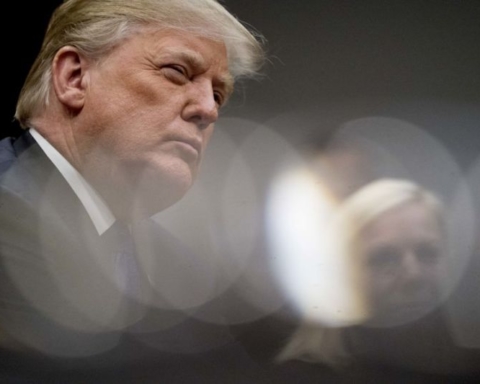Imperial College London has released a research paper in collaboration with eToro, and their findings are very exciting: we could see cryptocurrency payments become mainstream within the next ten years.
The research paper also outlines a few of the issues we would need to address before this will become a reality, however.
Cryptocurrency ticks all the boxes
The paper does a very good job of introducing the concepts behind blockchain technology, cryptocurrency tokens, crypto-commodities, digital ledgers, and smart contracts.
The paper also outlines how cryptocurrency, contrary to popular belief outside of the crypto-community, actually does meet the three tenets of what constitutes a currency.
These tenets are that it has to be a medium of exchange (check), be a unit of account (check), and a store of value (also check).
Simplicity is the key to success
According to the researchers, one of the main areas blockchain projects need to bear in mind when they develop their business is user-friendliness. Without app interfaces that have been designed as simple and easy-to-use, the various blockchain-based products and services will simply not take off.
This makes sense, and many of the most popular apps and devices achieved their status due to their simplicity. Think Google and Apple. Both companies pride themselves on simplicity without compromising utility.
What is holding back cryptocurrency?
One of the more interesting points raised by the researchers was the similarities between fiat money and cryptocurrency. Citing the textbook ‘Macroeconomics’ from 1999 by Morris Perlman, the paper lays out how all the fears associated with cryptocurrencies today were also attributed to fiat money in the past.
The main issue many investors have with cryptocurrencies is that it is money not backed by anything with intrinsic value. This is no different to fiat money, which also have no intrinsic value compared to silver and gold coins. Yet, people are more than happy to sell their gold, which has intrinsic value, in exchange for fiat money, which does not.
This would indicate that it is simply a matter of time and familiarity that will make cryptocurrency as widely accepted as fiat money is today.
The challenges remain
Going back to the three tenets of currency (medium of exchange, unit of account, store of value), the researchers raised the issue of volatility. That fact that most, if not all, cryptocurrency tokens are highly volatile damages their credibility when it comes to all three of the tenets.
A second concern was the lack of scalability inherent to cryptocurrencies. Restrictions on block size and transaction complexity can lead to a massive increase in transaction times and costs — and indeed has done in the cases of Bitcoin and Ethereum.
Another issue that few people have thought about were the transparency of the cryptocurrency system. Because of the public nature of blockchain, everyone will be able to see what everyone else is doing. The researchers feared that this could lead to industry sabotage between companies who can use this feature to spy on each other.


















































